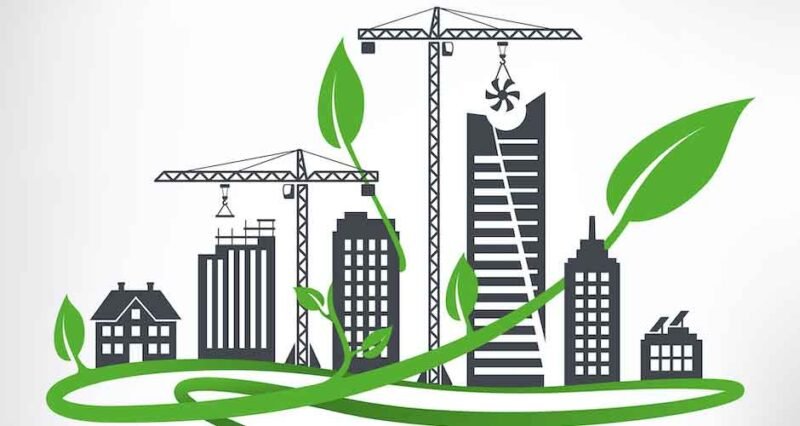
Climate change has dominated public discourse over the last decade, with warnings from climate scientists growing ever starker regarding the potential future of the planet. With public conversation (and concern) surrounding the climate crisis at an all-time high, there have never been higher stakes for industrial and commercial enterprises in relation to their own pollutive contributions.
Businesses and industries have an incredibly large ethical obligation to address their own emissive practices – and a significant level of pressure from environmental standards organizations to boot. These pressures have made green alternatives a key priority for growth and change, particularly with regard to manufacturing. But what are sustainable manufacturing practices, what are their advantages and what are their challenges?
What Are Sustainable Manufacturing Practices?
Sustainable manufacturing does not describe any singular process or endeavor, but rather a wide-reaching principle that informs key decisions made in the product design and manufacturing process. Ultimately, sustainable manufacturing considerations aim to reduce the pollutive impact of a given product – in a number of key ways.
Sustainable manufacture is generally thought to be achieved through energy-efficiency measures, which represent a key part of the equation but are by no means the whole story. Sustainability-forward changes might reduce the amount of waste produced along the assembly line; they might reduce the amount of water required to complete certain stages in the process; they might even consider the utilization of different base materials to reduce environmental impacts at the root of the process.
Benefits of Sustainable Manufacturing
The obvious advantages to using sustainable manufacturing techniques are the environmental ones. On a global level, reducing carbon emissions through energy-efficient production methods and green material procurement can make a major difference. Meanwhile, on a local level, reducing waste can ensure that regional ecosystems remain undisturbed by the presence of toxic or damaging waste and wastewater.
On top of these essential benefits, businesses that transparently shift to sustainable processes can enjoy significant boosts in demand and PR. Larger-scale commercial sellers like RS Americas are more likely to engage with a business that is openly committed to green policy than one that is brazenly continuing to pollute; this tracks with consumers, too, who are likely to vote with their wallets according to their views on climate.
Sustainable Manufacturing and the Future
But what exactly does sustainable manufacturing look like? Simple changes such as shifts away from single-use plastics and wasteful processes are all well and good – however, a technologically-focused future demonstrates that more is possible. More is indeed possible, through the implementation of automation and AI control, such as PRTG OPC UA servers, to dramatically optimize processes and material usages beyond conventional human capabilities.
Challenges and Future Outlook
However crucial change is here, it is not simple to implement. Many existing organizations are resistant to change, whether due to a board of directors stuck in their ways or financial barriers to proper implementation of green policy. These are the challenges of our times, albeit challenges to which many businesses are happy to rise.

